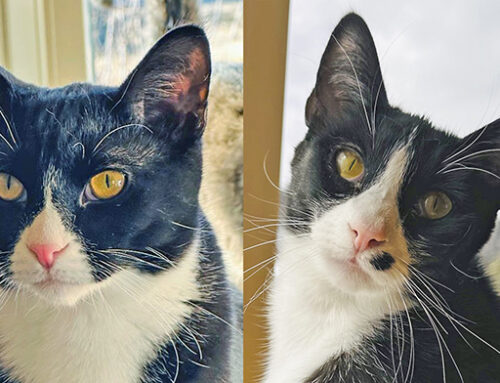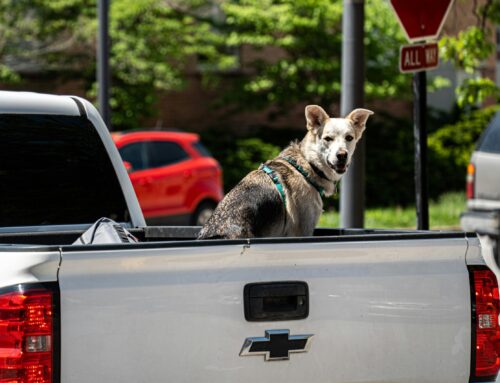My name is Penelope and I’m a very bright girl eager to learn new things. But did you know that teaching a dog something new isn’t all that’s needed for them to learn something new?
Dogs are born with a whole set of behaviors that we as people don’t usually enjoy – jumping up, chewing, barking, digging, chasing. Fortunately, because they are domestic animals they are usually quite happy to work with us.
Dogs are also learning all day long, every day – and definitely not just from us. Our dogs also learn from the environment. How fun it is to chase deer, taste that unidentifiable object, or dig in soft cool dirt. If a dog finds some experience enjoyable, it’s likely the dog will repeat that behavior, whether or not that was your intention.
And while we can teach and change our dogs behavior using a couple of different methods, thanks to the environment, management always goes needs to go hand in hand with training. And sometimes management is a reasonable solution to a problem all in itself!
What exactly is management? Management means using tools and foresight to head off behaviors we find problematic.
Habits are neural pathways formed in the brain through repetition. Even if you work diligently to train your dog to behave a certain way, if the unwanted behavior is practiced regularly, a new habit cannot become established.
Management tools include crates, tethers, baby gates, exercise pens, leashes, long lines, fences, and muzzles. They each have advantages and situations in which they work best.
How do training and management go together? A perfect example is when we want to change the behavior of a dog that jumps on people. We want to prevent the dog from being rewarded with someone’s attention for jumping up (attention is usually their reward).
So, we use management tools to prevent the dog from being able to jump on people – leashes when out on walks so they cannot greet people without human guidance; tethers or baby gates with visitors to the home. Of course, we also must teach the dog the right thing to do: sit for greetings. So at every “jumping up” opportunity, failure is prevented, and sitting is rewarded.
It’s not just teaching basic skills that requires management; nearly every training situation uses management to be successful. From teaching a dog polite greetings to addressing complex behavior modification cases, management is a big part of the picture.
Management is also critical in homes with multiple dogs, with kids and dogs, with raising puppies, with newly adopted dogs, with teenaged dogs….basically, just about every dog needs some management in some scenarios.
Once a new habit is established, often the management tools can be faded out of the picture. In others, management is lifelong.
So next time you are teaching your dog, definitely focus on what you want the dog to do, but don’t forget to implement management so your dog isn’t rehearsing what you don’t want them to do.
Even for a bright dog like me, setting a pup up for success using management is not only key, but makes learning faster and more fun.
About me.
I am a 1 year young Pitbull mix who is very loving. I have quite a bit of energy and minimal training but I am learning quickly. I am looking for a savvy owner that will teach me basic manners and make sure I get the exercise I need.
Second Chance Humane Society’s Animal Resource Center and Thrift Shops have been servicing San Miguel, Ouray & Montrose Counties for 27 years. Call 626-2273 to report a lost pet, learn about adopting a homeless pet, or about our Emergency Response, Community Medical, Spay/Neuter, Volunteer, or other services. View our shelter pets and services online: www.adoptmountainpets.org.







Leave A Comment